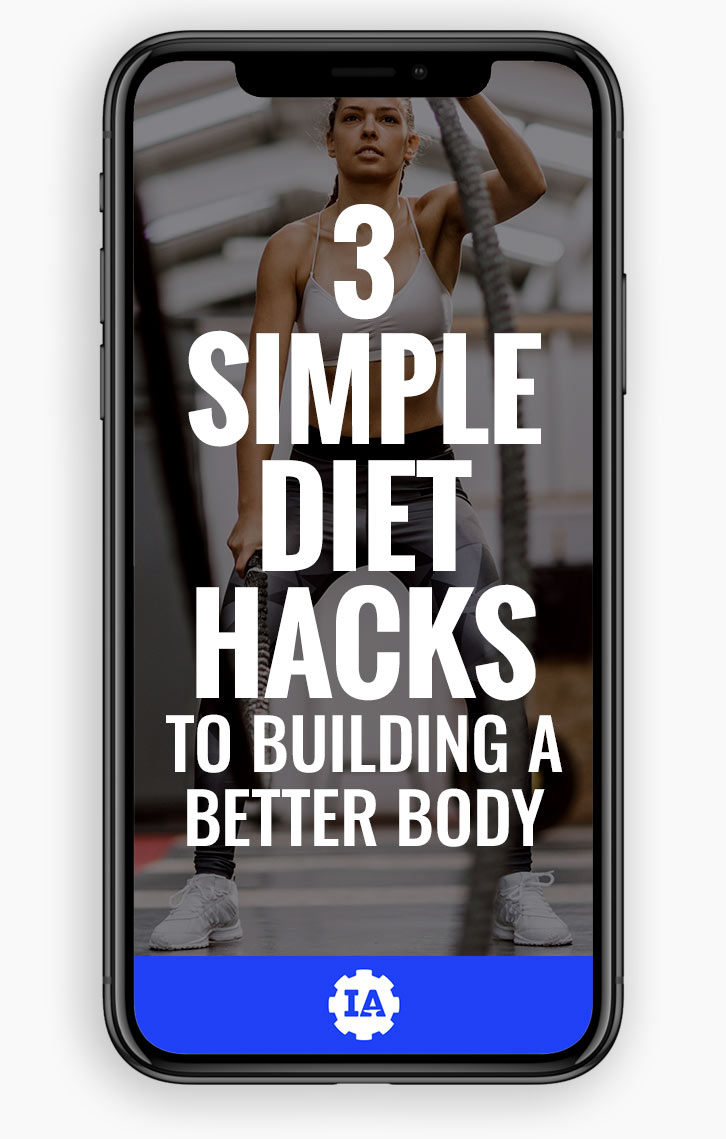A Review of the Basic Stroke
As we approach the 2021 CrossFit Open, it is important to review some basic movements we plan to see in the upcoming Open programming. The Concept 2 rower has been seen in the Open for a number of years. Thus, it is a fair bet, we will see it again this year.
In this post, and a few to follow, we are going to review the proper rowing stroke, some points of performance to maximize power and efficiency on the rower, and some common faults. We will also compare proper rowing form and position with a more commonly known movement that is synonymous with power, the Deadlift.
A Good Set Up
For a basic rowing stroke, start by taking a seat on the rower and setting the heel cup. You want the heel up high enough so that the nylon strap passes over the top of the foot just behind the toes. For those who have difficulty keeping their heels down in the catch position (we will cover that later this week), you can move the heel cup higher so the strap is further up on the foot.
The Drive Phase
As the drive phase starts, you should be leaning slight forward (in a 1 o’clock position if you are thinking about a clock). Drive through the heels to press the legs straight. Stay upright with your chest and start to lean back so that you are seated in a straight up position as your legs reach full lockout. Then, lean back slightly (11 o’clock on that clock face), and pull your arms to your chest.
The Recovery
To recover properly, start by releasing your arms back to straight and lean forward to 12 o’clock. Start to bend your knees as you return to the catch position. Keep leaning forward until your upper body returns to 11 o’clock. Bend your knees only until your heels start to raise off of the foot pads. Repeat!
When you are rowing, think about “pressing” through your feet instead of pulling on the chain. You want 60% of your power to come from your legs, 20% from your lean back, and 20% to come from your arm pull at the top of the stroke.
In our next post, we will review a good vs. bad catch position.
For an example of what this stroke looks like, check out this video:



